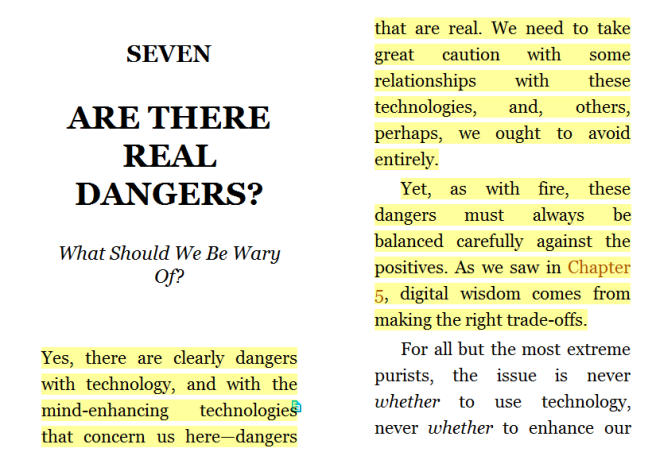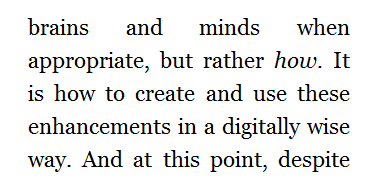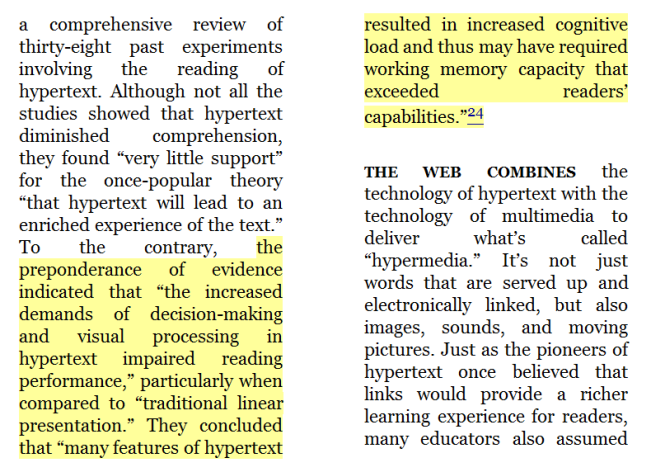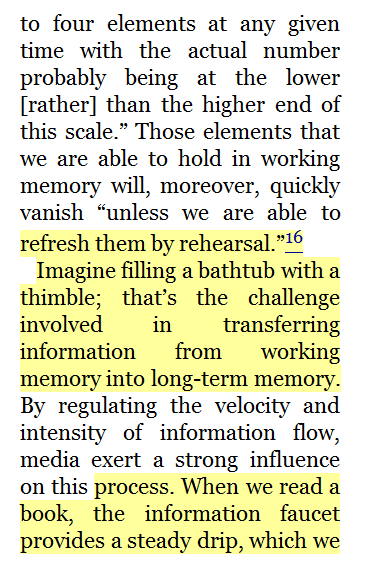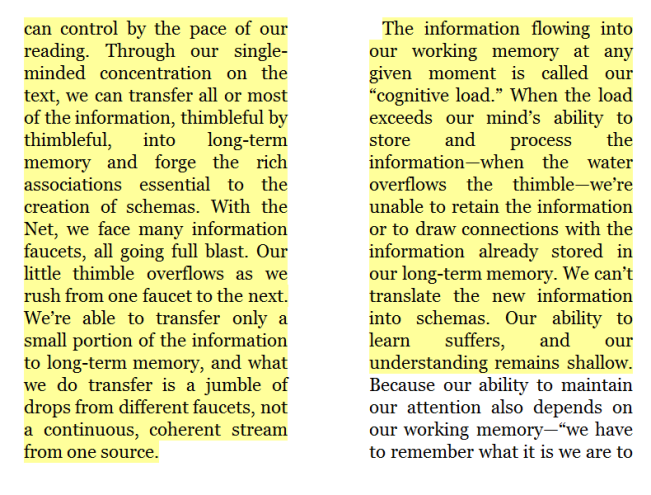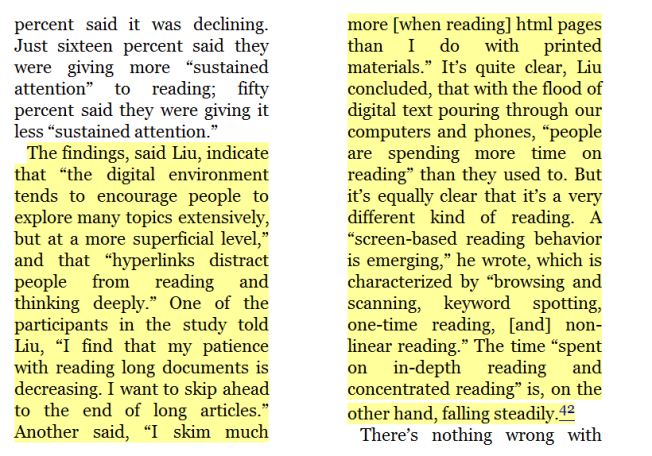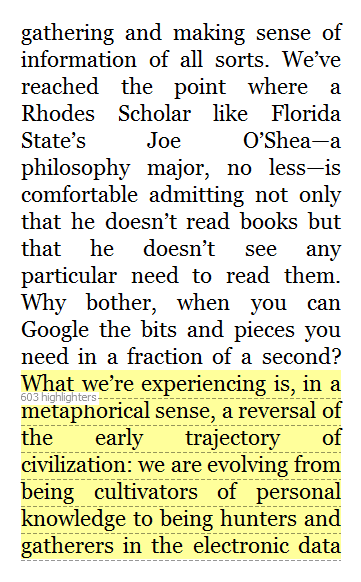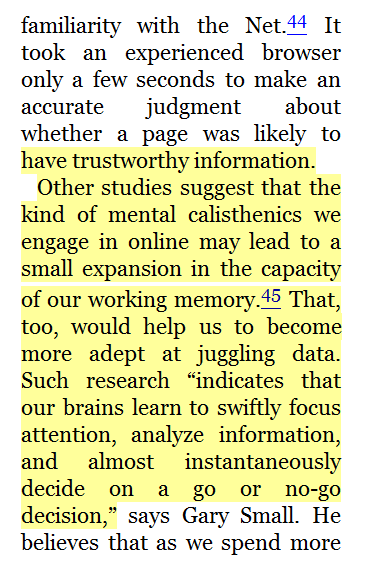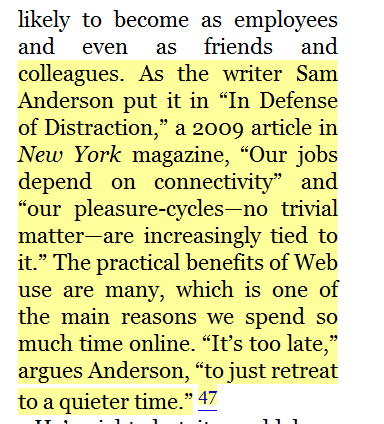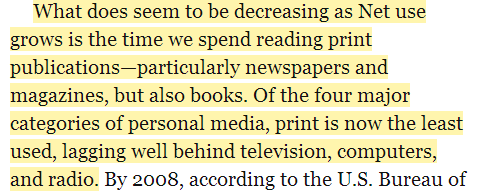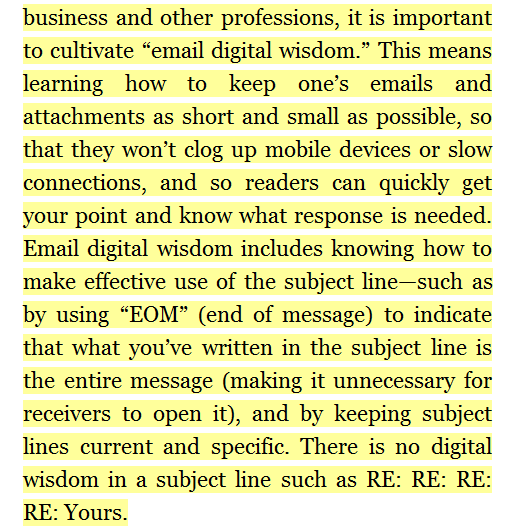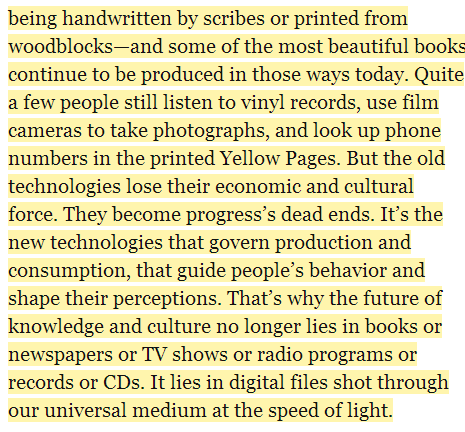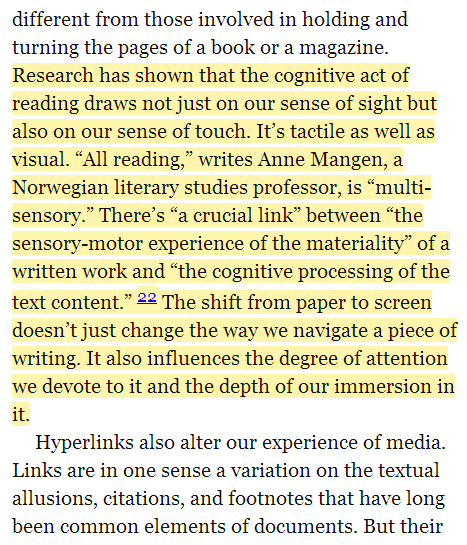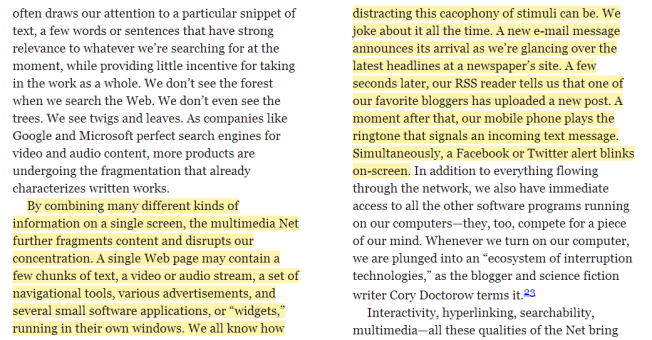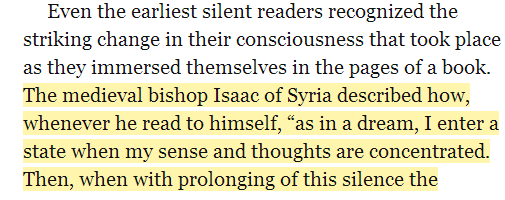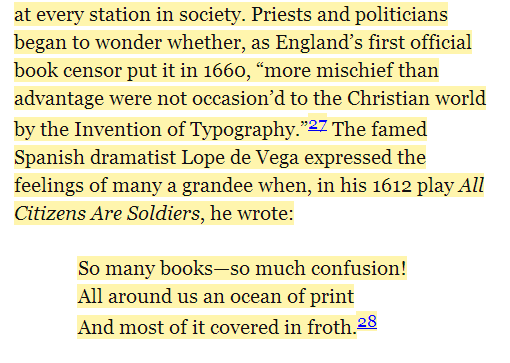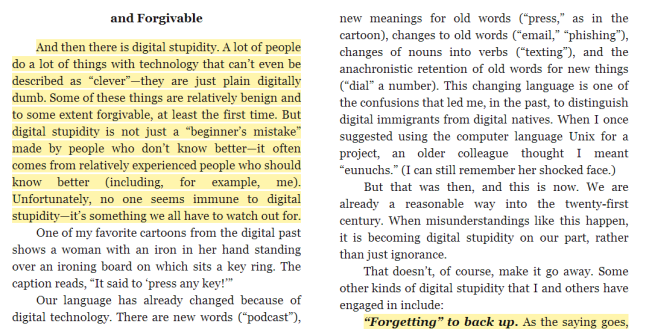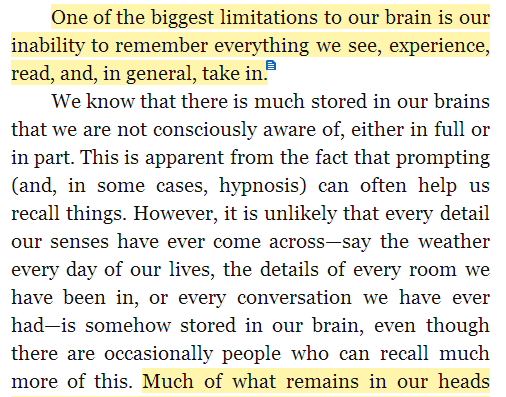I have truly enjoyed this technology class. I feel like each of the assignments have led me to be able to “practice the integration of appropriate technology with instruction”, which is one of the Principles of HOPE at SPU. At the beginning of this course my feelings toward technology, were accepting, but cautious. Too cautious. For this class we read two books, The Shallows by Nicholas Carr and Brain Gain by Marc Prensky. When I first started reading these books, I thought, “how was I going to get through reading these two books, on a topic that can’t possibly be that interesting, and to top it off I would be reading it on my computer?! At the very least, couldn’t I just go buy the book? Then we were asked to join G+, which is similar to Facebook, in that it is a social networking site, but we were going to use it as a way to share websites and resources about current technology. I was wary of this medium of sharing information as well, but as time went on I began to see the value in each of the class’ assignments. The books even began to grow on me. In fact I learned to like reading a text book on the computer because I was able to so easily highlight my work, take screenshots and put them directly into my blog. Using G+, learning about hash tags, and becoming better at searching the web for resources has also been valuable to me. All of these skills lead back to the standards stated above, “practice the integration of appropriate technology with instruction” .
Becoming more comfortable myself with technology and being shown so many resources by my classmates has made me more familiar with the technology that is available for me to integrate into my classroom. The books we read also have really enlightened me. I feel like they were a perfect balance of the different feelings or arguments people may have when struggling with the idea of technology. It seems to me that we are really not given any time to process the technology; it is happening so fast! It is reasonable for people to be wary. This class has helped me past the hump of wariness.
I, in fact, thought I was incorporating a lot of technology in my classes over the years. I have used websites to show videos, websites for students to do HW on; I have made web search assignments. But somehow, I realize now that there is SO much more I can be doing to incorporate technology into my classroom. I may have even realized this before, but I was never quite comfortable enough with technology to really delve into it.
Now not only do I have so many more resources from my classmates and teachers, but I am more comfortable being authoritative about technology. This has given me more confidence to not only integrate it more into my classroom (I am doing a flip class with Khan Academy for my 6th grade math!), but with other teachers as well!






















